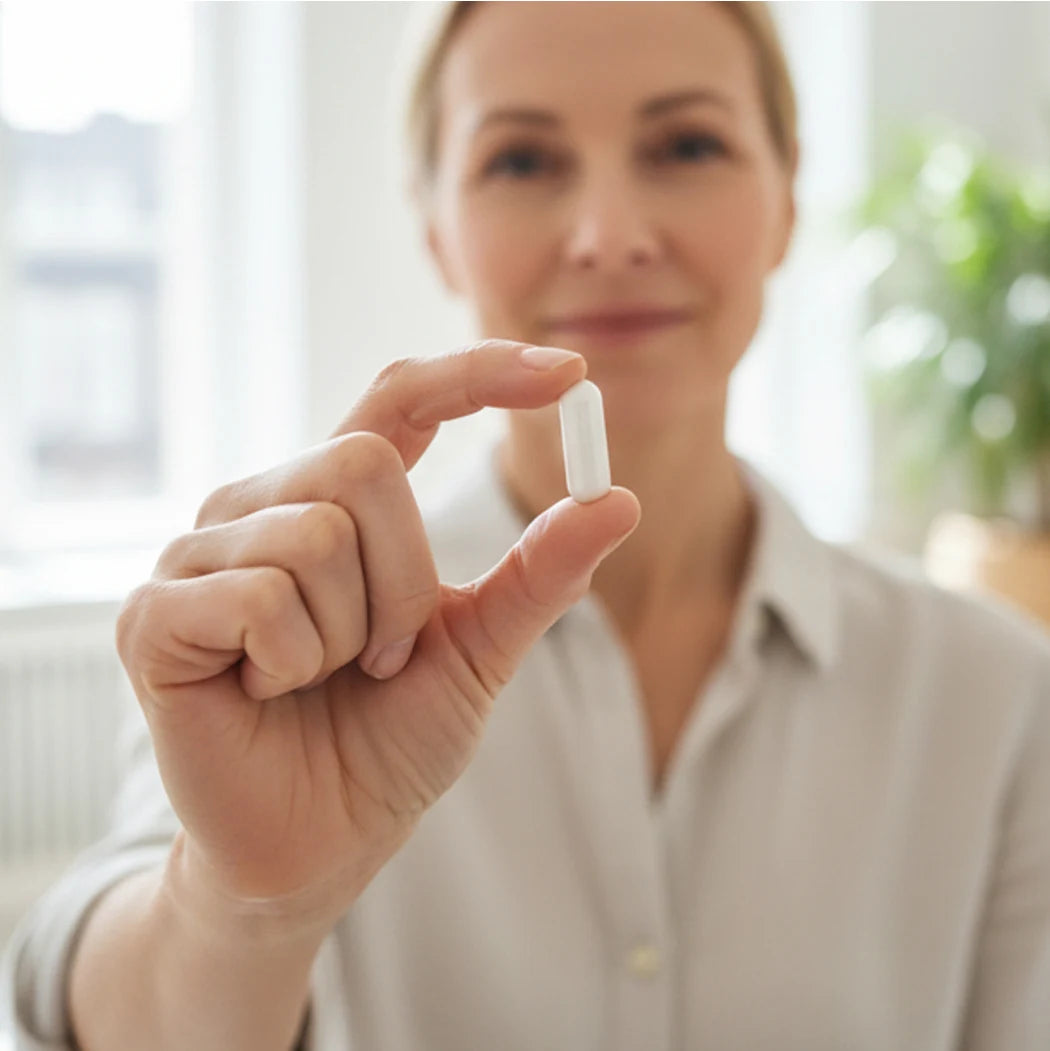
What Are Liposomes and Why Do They Matter?
Liposomes are microscopic spheres made of phospholipids: the same material that forms your cell membranes. When these dry, powdered phospholipids are mixed with water, they spontaneously organize into protective bubbles that can encapsulate nutrients and deliver them more effectively to your cells.
Liposomes solve the bioavailability problem that many ingredients have. Many beneficial nutrients, especially polyphenols and other plant extracts, have absorption rates of less than 10%, and sometimes as low as 1% for molecules like resveratrol.¹ By protecting nutrients through digestion and facilitating their absorption, liposomal delivery can dramatically improve how much of each ingredient actually reaches your bloodstream and cells.
The core benefits: what human studies show.
- Bioavailability benefits with real numbers.
Clinical trials demonstrate the difference liposomal delivery makes. A 2024 randomized controlled trial showed liposomal vitamin C produced higher plasma levels and maintained them longer compared to standard ascorbic acid.² For glutathione, both liposomal and non-liposomal oral forms have successfully raised glutathione status in humans, with liposomal forms outperforming the standard versions.³,⁴ - Protection and stability.
Liposomal encapsulation shields active ingredients from stomach acid (pH < 2), digestive enzymes, and oxidation - all factors that normally destroy sensitive nutrients before absorption.⁵ The phospholipid bilayer maintains compound integrity during storage and through the digestive system. - Higher concentration per dose.
Unlike simple capsules or tablets, liposomes can carry both water-soluble and fat-soluble nutrients together, which lets us create more complex formulas to suit various needs. This dual-loading capacity means more nutrient per particle reaches your system.⁶ - Sustained, gradual release.
Well-formulated liposomes can provide more gradual release of their contents, helping maintain steadier nutrient levels in your body rather than the spike-and-excrete pattern of conventional supplements.⁷ - Better tolerability for sensitive digestion.
Iron, a nutrient that is uncomfortable for many to take, provides the best-documented example: in clinical trials, liposomal iron caused significantly fewer gastrointestinal side effects than standard iron salts while maintaining effectiveness.⁸ This improved tolerability extends to other nutrients that typically cause digestive upset, especially for those with sensitive digestion or older adults with more challenged gut health. - Flexible dosing with food.
While meal timing still influences absorption to some degree, liposomal formulas reduce fed/fasted variability. The protective phospholipid layer means you have more flexibility in when you take your supplements.⁹
THE PROTECTION PHASE
When you swallow a supplement formulated with liposomes, the phospholipid bilayer acts as a molecular shield to protect the nutrients through digestion. Advanced formulations use specialized phospholipids to resist breakdown from bile salts and maintain stability through your entire digestive tract.¹⁰
CROSSING THE INTESTINAL BARRIER
Something interesting happens when liposomes reach your intestines. The small liposome size, ideally 100-200 nanometers, allows them to navigate through intestinal mucus and trigger cellular uptake. The primary absorption route occurs through specialized M cells and enterocytes in your Peyer's patches via endocytosis, essentially being swallowed whole by intestinal cells.¹¹
Even if some liposomes break down, the phospholipids help solubilize nutrients in your intestinal environment, creating additional absorption opportunities.
CELLULAR INTEGRATION
After absorption, the phospholipid structure continues working. These lipids integrate with your cellular membranes more readily than free compounds, potentially improving delivery to target tissues. Plus, the phospholipids themselves, particularly phosphatidylcholine, provide nutritional benefits for cell membrane health, liver function, and cognitive performance.¹²,¹³
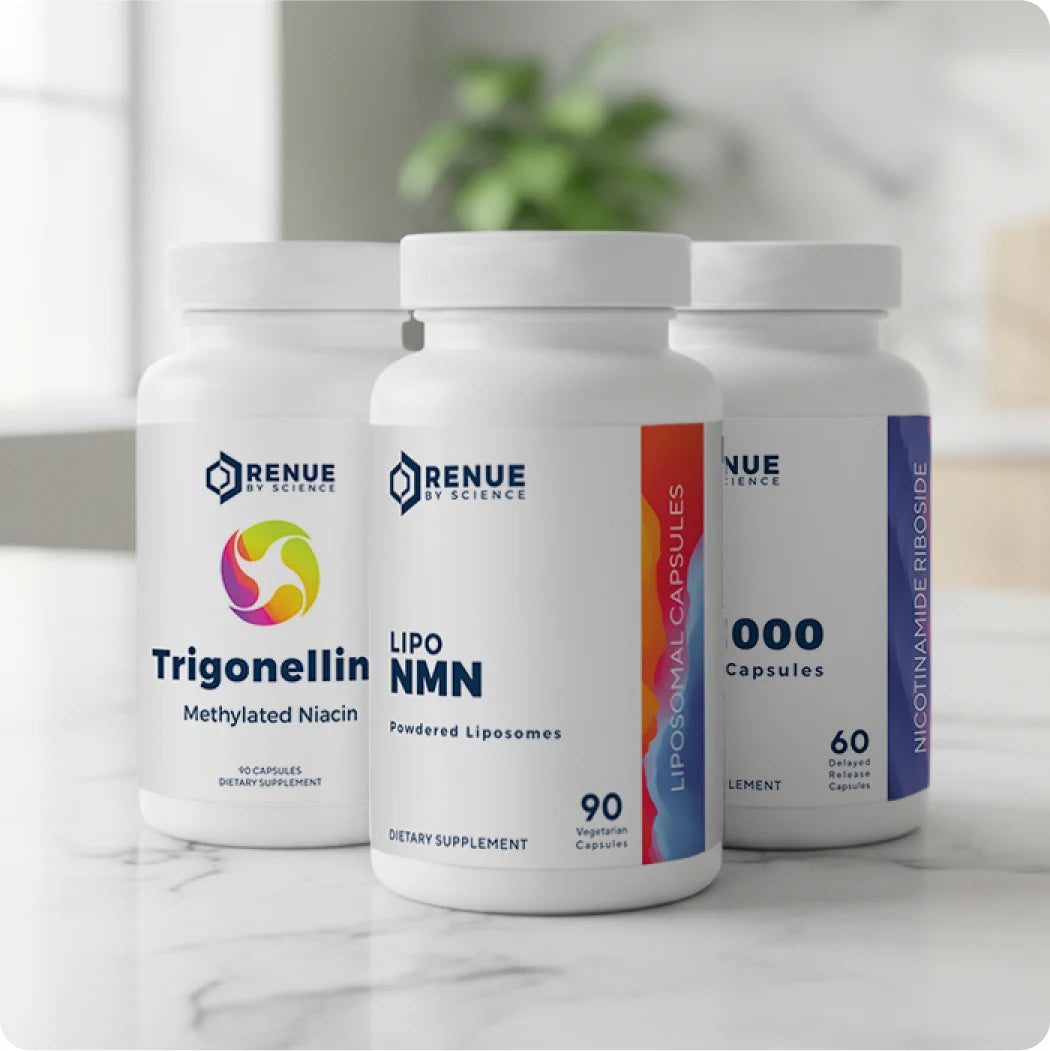
Understanding the bioavailability challenge.
Many of the most important nutrients face massive absorption hurdles:
- Resveratrol: Less than 1% oral bioavailability despite high absorption.1
- CoQ10: Poor water solubility limits absorption to single digits.¹⁴
- Quercetin: Extensive first-pass metabolism destroys most of what's absorbed.¹⁵
- Curcumin: Rapidly metabolized and eliminated before reaching target tissues.¹⁶
- Glutathione: Broken down by digestive enzymes before absorption.³
These compounds encounter multiple barriers:
- Stomach acid breaks down sensitive molecules.
- Digestive enzymes chop nutrients into inactive fragments.
- The intestinal wall blocks large or water-soluble molecules.
- The liver metabolizes compounds before they reach your bloodstream.
Liposomal delivery addresses each of these challenges systematically.
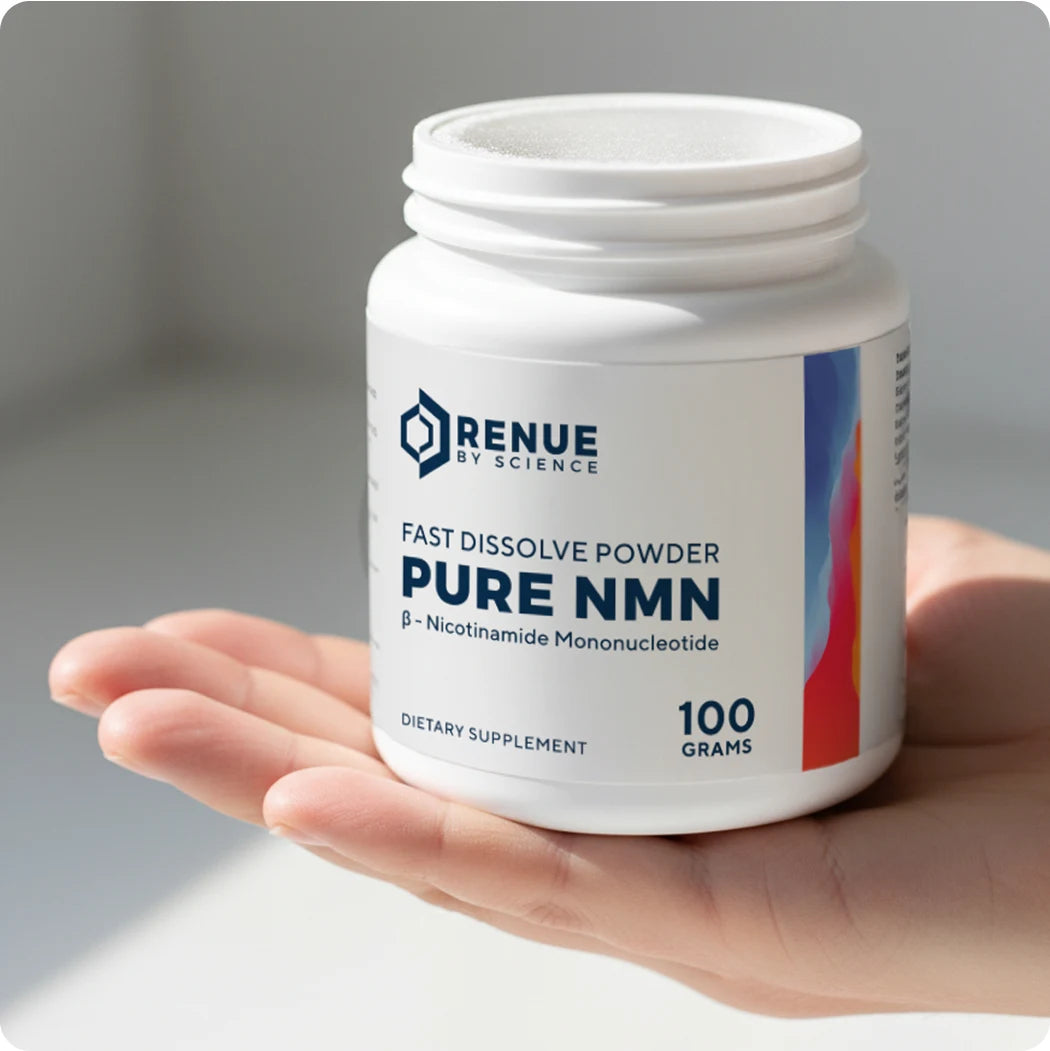
Liposomal delivery for NAD+ precursors: NMN and NR.
The challenge with NAD+ precursors.
NMN (nicotinamide mononucleotide) and NR (nicotinamide riboside) face unique absorption challenges that make them ideal candidates for liposomal delivery. Research has identified that NMN is absorbed through the small intestine, including transporters like SLC12A8, with the CD73 enzyme facilitating uptake, but this process is pH-dependent and can be compromised by stomach acid.²³ Additionally, both compounds are rapidly metabolized: NMN can be broken down to nicotinamide by CD38 and other enzymes before reaching target tissues.²⁴
Studies show that while oral NMN does raise NAD+ levels, the conversion efficiency varies significantly between individuals, likely due to differences in digestive conditions and enzyme activity.²⁵ NR faces similar challenges, with intestinal and hepatic metabolism converting much of it to nicotinamide before it can raise NAD+ in target tissues.²⁶
How liposomes facilitate NAD+ precursor delivery.
Liposomal encapsulation addresses several critical issues for NMN and NR:
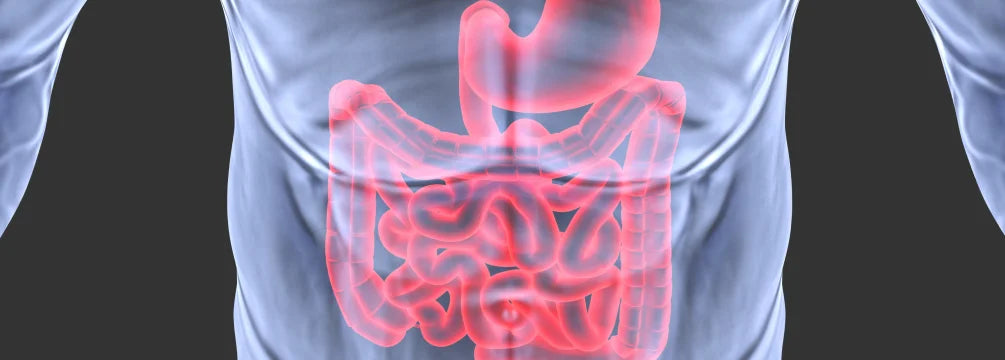
Protection from degradation
The phospholipid bilayer shields these molecules from stomach acid (pH < 2) where NMN shows progressive degradation through in vitro research. These digestion studies demonstrate that unprotected NMN undergoes significant transformation under simulated gastric conditions.²⁷ Liposomal protection maintains greater compound integrity through the stomach.

Bypassing enzymatic breakdown
By encapsulating NMN and NR, liposomes can reduce premature breakdown by brush border enzymes and CD38, potentially allowing more intact precursor to reach systemic circulation.²⁸ This is particularly important given that CD38 expression increases with age, creating greater degradation pressure on these compounds in older adults who need them most.
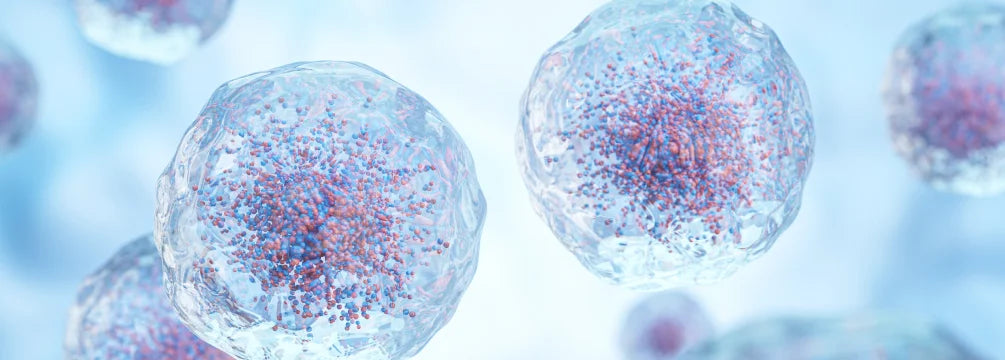
Facilitating Cellular Uptake
The lipophilic nature of liposomes may facilitate better cellular penetration compared to free NMN or NR, which are hydrophilic and rely on specific transporters. Liposomal delivery can provide alternative uptake pathways through endocytosis, potentially improving bioavailability in tissues with lower transporter expression.²⁹

Sustained Release Profile
Some scientists believe that while immediate-release NMN can cause rapid spikes in nicotinamide, liposomal formulas may provide more gradual release, maintaining steadier NAD+ levels without the methylation burden associated with nicotinamide surges.³⁰
Clinical implications.
Given that human studies show significant inter-individual variation in NAD+ response to oral precursors, with some participants showing minimal increases, liposomal delivery offers a strategy to help normalize absorption and potentially improve response rates.³¹
- The combination of protection, absorption, and sustained release makes liposomal delivery particularly valuable for NAD+ precursors, where maintaining consistent elevation matters more than achieving brief peaks. This aligns with the circadian nature of NAD+ metabolism and the goal of supporting cellular energy throughout the day rather than in short bursts.³²
The science behind liposomes.
The discovery of liposomes by British hematologist Alec Bangham in 1961 launched decades of research into these remarkable structures.²¹ The FDA approved the first liposomal drug in 1995, and by 2023, roughly 15 liposomal or lipid-based products had received FDA approval across multiple therapeutic areas.²²
- What makes liposomes special is their biomimetic design: they're essentially exogenous cell membranes that can merge with your own cells. This compatibility, combined with their protective and delivery capabilities, explains why they've become one of the most successful nutrient delivery technologies ever developed.
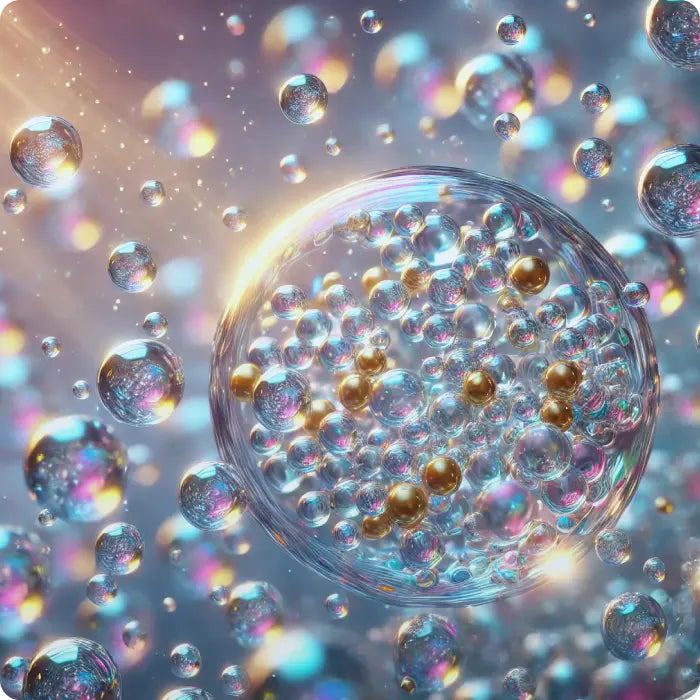
The bottom line.
Liposomal technology offers documented advantages for nutrients with absorption challenges. The phospholipid bilayer provides multiple benefits: protection from digestive breakdown, absorption through intestinal barriers, larger nutrient payloads, and potentially more consistent blood levels.
Not every supplement needs liposomal delivery, but for compounds with known bioavailability problems, particularly expensive nutrients where you want maximum value, the technology can make the difference between an expensive placebo and an effective supplement. The science is mature, the benefits are measurable, and when properly formulated, liposomes deliver on their promise of better bioavailability.
Liposomal delivery addresses each of these challenges systematically.
References
- Walle T, Hsieh F, DeLegge MH, et al. High absorption but very low bioavailability of oral resveratrol in humans. Drug Metab Dispos. 2004;32(12):1377-1382.
- Purpura M, Jäger R, Godavarthi A, et al. Liposomal delivery enhances absorption of vitamin C into plasma and leukocytes: a double-blind, placebo-controlled, randomized trial. Eur J Nutr. 2024;63:3037-3046.
- Richie JP Jr, Nichenametla S, Neidig W, et al. Randomized controlled trial of oral glutathione supplementation on body stores of glutathione. Eur J Nutr. 2015;54(2):251-263.
- Sinha R, Sinha I, Calcagnotto A, et al. Oral supplementation with liposomal glutathione elevates body stores of glutathione and markers of immune function. Eur J Clin Nutr. 2018;72(1):105-111.
- Fricker G, Kromp T, Wendel A, et al. Phospholipids and lipid-based formulations in oral drug delivery. Pharm Res. 2010;27(8):1469-1486.
- Akbarzadeh A, Rezaei-Sadabady R, Davaran S, et al. Liposome: classification, preparation, and applications. Nanoscale Res Lett. 2013;8(1):102.
- Gubernator J. Active methods of drug loading into liposomes: recent strategies for stable drug entrapment and increased in vivo activity. Expert Opin Drug Deliv. 2011;8(5):565-580.
- Pisani A, Riccio E, Sabbatini M, et al. Effect of oral liposomal iron versus intravenous iron for treatment of iron deficiency anaemia in CKD patients: a randomized trial. Nephrol Dial Transplant. 2015;30(4):645-652.
- Porter CJ, Trevaskis NL, Charman WN. Lipids and lipid-based formulations: optimizing the oral delivery of lipophilic drugs. Nat Rev Drug Discov. 2007;6(3):231-248.
- He H, Lu Y, Qi J, et al. Adapting liposomes for oral drug delivery. Acta Pharm Sin B. 2019;9(1):36-48.
- des Rieux A, Fievez V, Garinot M, et al. Nanoparticles as potential oral delivery systems of proteins and vaccines: a mechanistic approach. J Control Release. 2006;116(1):1-27.
- Küllenberg D, Taylor LA, Schneider M, Massing U. Health effects of dietary phospholipids. Lipids Health Dis. 2012;11:3.
- Blusztajn JK, Slack BE, Mellott TJ. Neuroprotective Actions of Dietary Choline. Nutrients. 2017;9(8):815.
- Pravst I, Rodríguez Aguilera JC, et al. Comparative Bioavailability of Different Coenzyme Q10 Formulations in Healthy Elderly Individuals. Nutrients. 2020;12(3):784.
- Li Y, Yao J, Han C, et al. Quercetin, Inflammation and Immunity. Nutrients. 2016;8(3):167.
- Liu W, Zhai Y, Heng X, et al. Oral bioavailability of curcumin: problems and advancements. J Drug Target. 2016;24(8):694-702.
- Ensign LM, Cone R, Hanes J. Oral drug delivery with polymeric nanoparticles: the gastrointestinal mucus barriers. Adv Drug Deliv Rev. 2012;64(6):557-570.
- Danaei M, Dehghankhold M, Ataei S, et al. Impact of Particle Size and Polydispersity Index on the Clinical Applications of Lipidic Nanocarrier Systems. Pharmaceutics. 2018;10(2):57.
- van Hoogevest P, Wendel A. The use of natural and synthetic phospholipids as pharmaceutical excipients. Eur J Lipid Sci Technol. 2014;116(9):1088-1107.
- Wagner A, Vorauer-Uhl K. Liposome technology for industrial purposes. J Drug Deliv. 2011;2011:591325.
- Bangham AD, Horne RW. Negative staining of phospholipids and their structural modification by surface-active agents as observed in the electron microscope. J Mol Biol. 1964;8:660-668.
- Nsairat H, Khater D, Sayed U, et al. Liposomes: structure, composition, types, and clinical applications. Heliyon. 2022;8(5):e09394.
- Grozio A, Mills KF, Yoshino J, et al. Slc12a8 is a nicotinamide mononucleotide transporter. Nat Metab. 2019;1(1):47-57.
- Camacho-Pereira J, Tarragó MG, Chini CCS, et al. CD38 dictates age-related NAD decline and mitochondrial dysfunction through an SIRT3-dependent mechanism. Cell Metab. 2016;23(6):1127-1139.
- Yoshino M, Yoshino J, Kayser BD, et al. Nicotinamide mononucleotide increases muscle insulin sensitivity in prediabetic women. Science. 2021;372(6547):1224-1229.
- Trammell SA, Schmidt MS, Weidemann BJ, et al. Nicotinamide riboside is uniquely and orally bioavailable in mice and humans. Nat Commun. 2016;7:12948.
- Tang Z, Bao P, Ling X, et al. In vitro digestion under simulated saliva, gastric and small intestinal conditions and fermentation of nicotinamide mononucleotide. Food Res Int. 2024;177:113779.
- Ratajczak J, Joffraud M, Trammell SA, et al. NRK1 controls nicotinamide mononucleotide and nicotinamide riboside metabolism in mammalian cells. Nat Commun. 2016;7:13103.
- Croteau E, Renaud JM, Richard MA, et al. Liposomal encapsulation of the NAD+ precursor nicotinamide riboside chloride enhances its cellular uptake. Biochim Biophys Acta Mol Cell Res. 2023;1870(2):119394.
- Conze D, Brenner C, Kruger CL. Safety and metabolism of long-term administration of NIAGEN (nicotinamide riboside chloride) in a randomized, double-blind, placebo-controlled clinical trial of healthy overweight adults. Sci Rep. 2019;9(1):9772.
- Kawakami, S., Maeda, Y., & Fukuzawa, Y. (2025). Intervention study comparing blood nad+ concentrations with liposomal and non-liposomal nicotinamide mononucleotide. Annals of Clinical and Medical Case Reports, 14(11), 01–12.
- Levine DC, Hong H, Weidemann BJ, et al. NAD+ controls circadian reprogramming through PER2 nuclear translocation to counter aging. Mol Cell. 2020;78(5):835-849.




